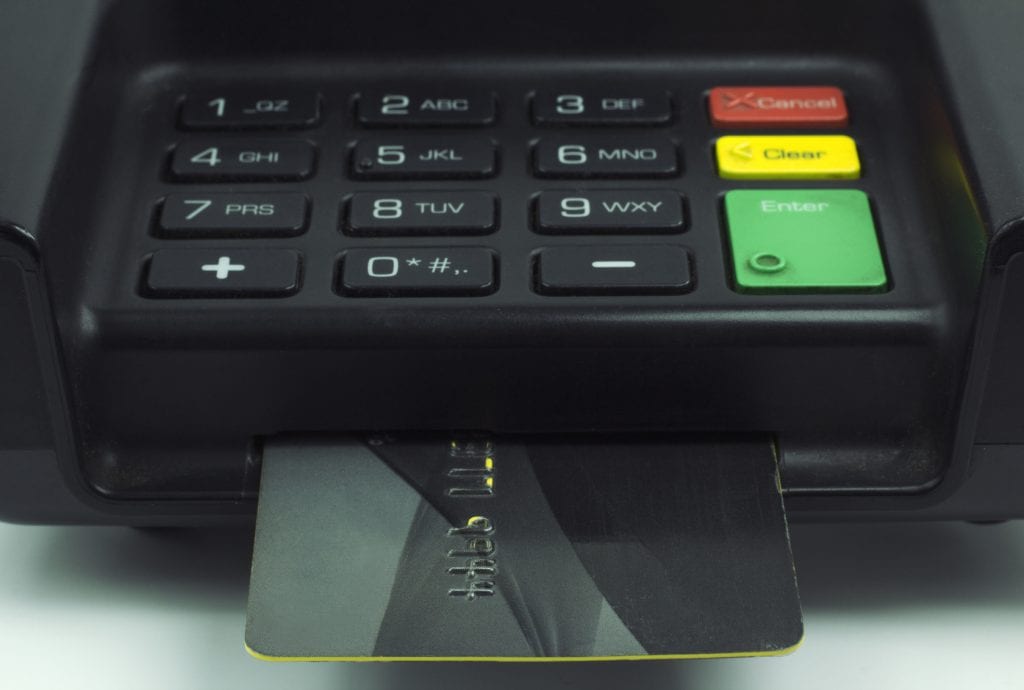Last year, the U.S. Internal Revenue Service paid an estimated $5.8 billion in fraudulent refunds related to identity theft according to a recent government report. The large-scale theft of credit card data from retailers like Target, Home Depot, and Neiman Marcus has U.S. banks switching from the old-fashioned swipe-and-sign system to EMV technology.
EMV is a technical standard for smart payment cards, payment terminals, and automated teller machines. If you’ve received a replacement credit or debit card lately, it’s probably an EMV card. These smart cards, also called chip cards, store their data on integrated circuits rather than magnetic stripes.The magnetic stripes on traditional credit and debit cards store fixed data. Whoever accesses that data gains the sensitive card and cardholder information necessary to make purchases.
When an EMV card is used for payment, however, the card chip creates a unique transaction code that cannot be used again. Card duplication can’t work because the stolen transaction number created isn’t usable again. EMV technology won’t prevent data breaches from occurring altogether, but it will make it much harder for criminals to profit from what they steal.
If you haven’t received one of these new chip cards yet, you will. An October 1, 2015, deadline created by major U.S. credit card companies MasterCard, Visa, Discover, and American Express guarantees you’ll receive one from your financial institution soon. Worried about compatibility? Don’t be. The first round of EMV cards will be equipped with both chip and magnetic-stripe functions, so consumer activity is not disrupted, and retailers can adjust.
EMV cards are great for consumers, but what about B2B fraud? How can companies and vendors avoid risk and make sure every invoice and payment request is legitimate? The answer, of course, is AP automation.
Risk Avoidance with AP Automation
Did you know that 48 percent of payment fraud can be tracked back to paper checks? According to a recent survey by the Association of Certified Fraud Examiners (ACFE), nearly 70 percent of corporate respondents have been victims of check fraud.
Why? Because data is not protected in a paper-based environment. AP automation enforces strict adherence to business rules, reducing opportunities to commit fraud. Manual processes rely on post-payment review to detect deviations from business rules. By the time you’ve identified an issue or discovered an error, the fraud has already occurred.
Sophisticated Fraud Detection Software
AvidXchange’s proprietary fraud detection software never sleeps to ensure that every invoice you process is legit before it’s in your accounting system. Our advanced fraud detection technology scrutinizes every invoice and payment request before it’s a problem. Our accounts payable automation solution enables you to:
•
